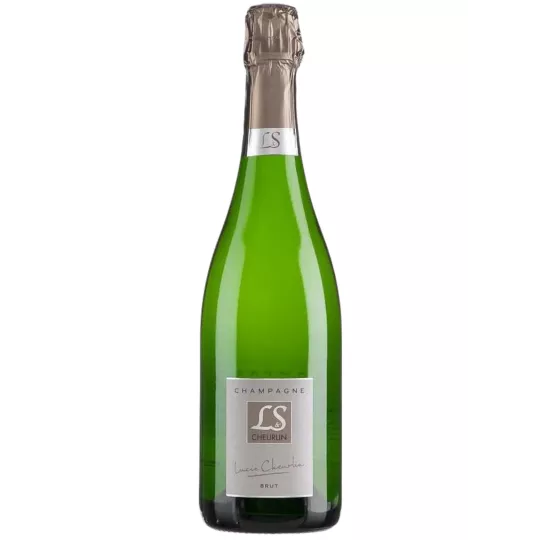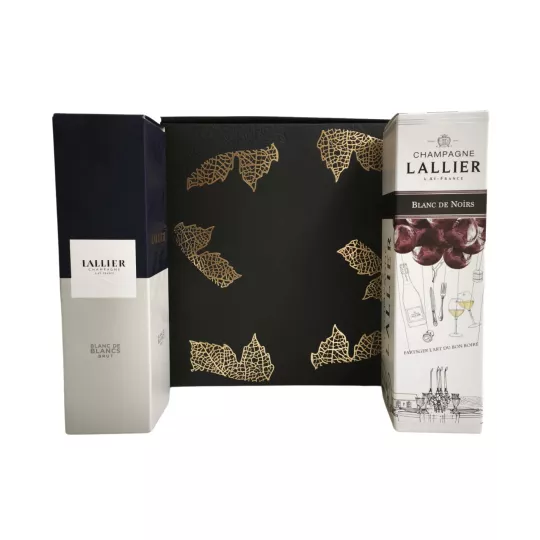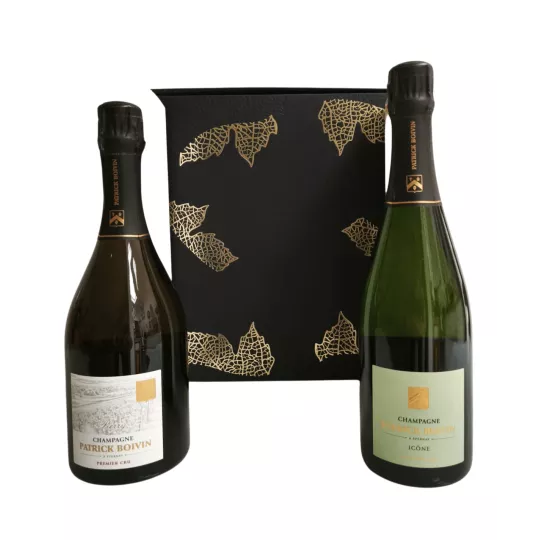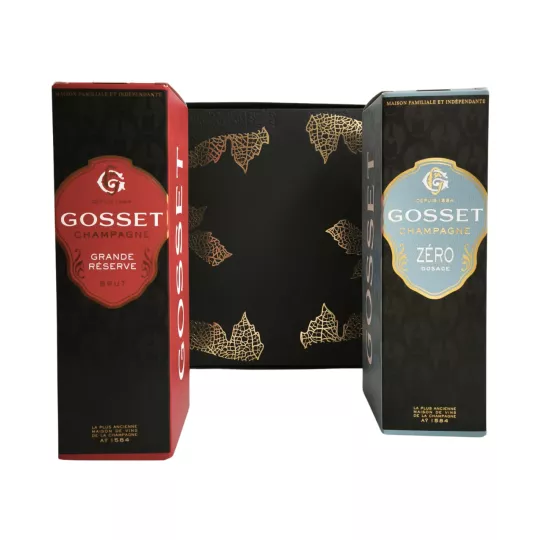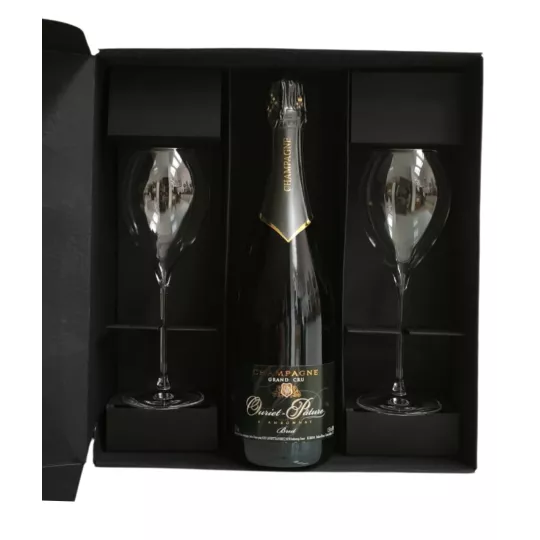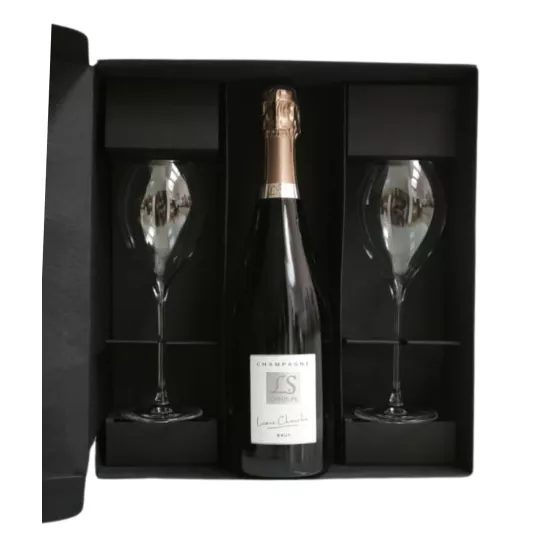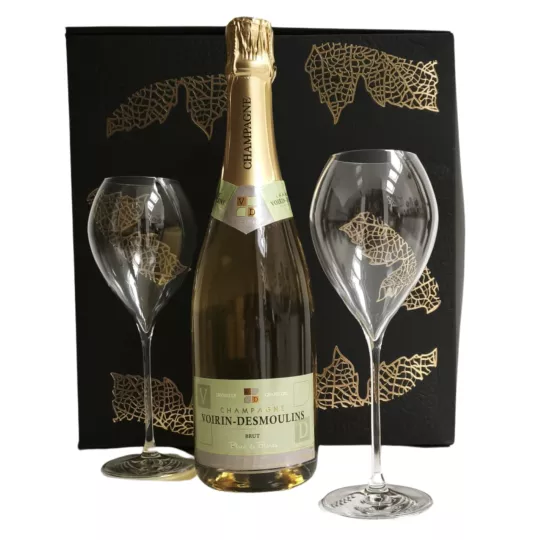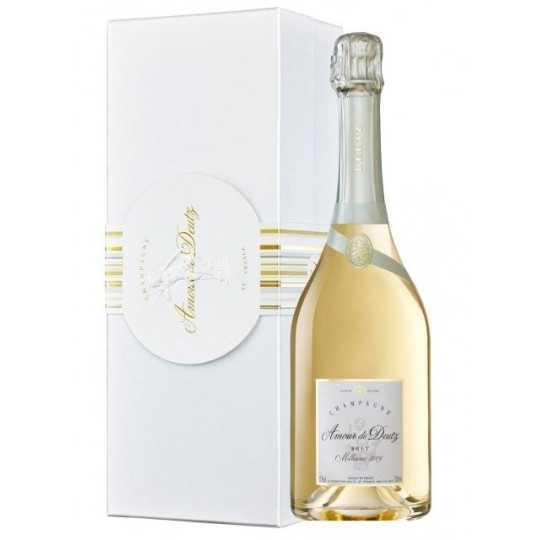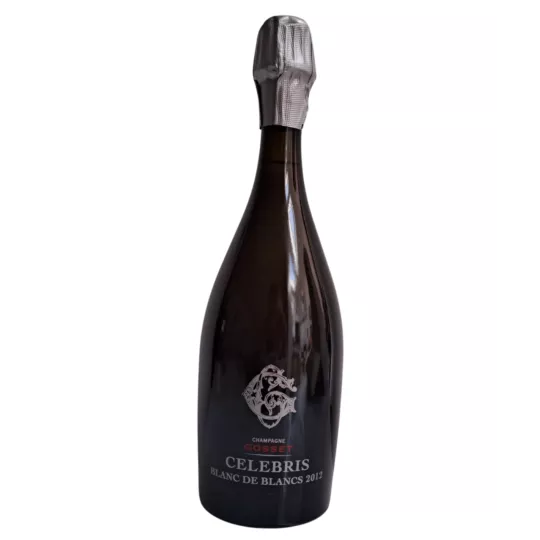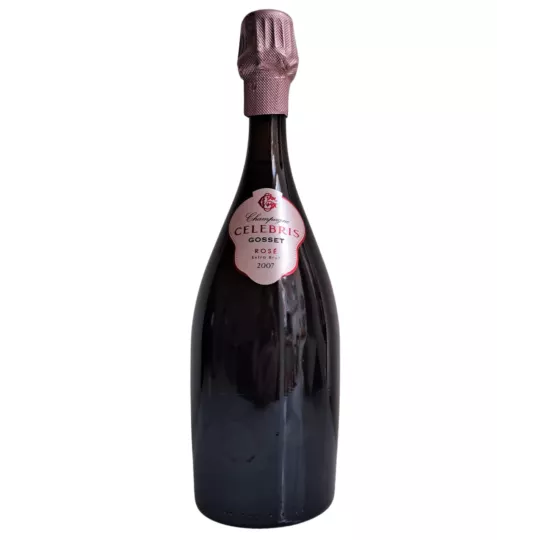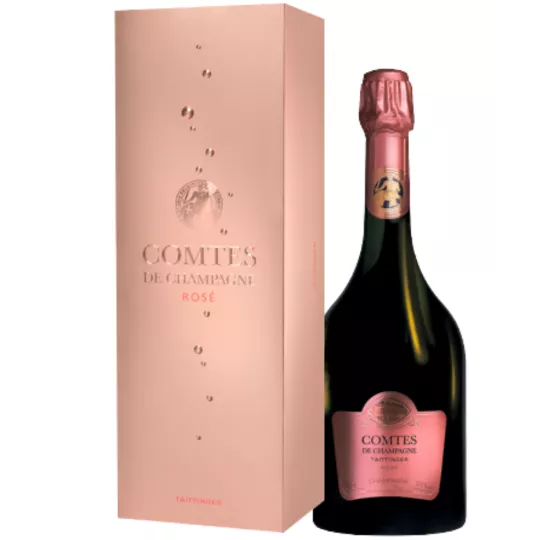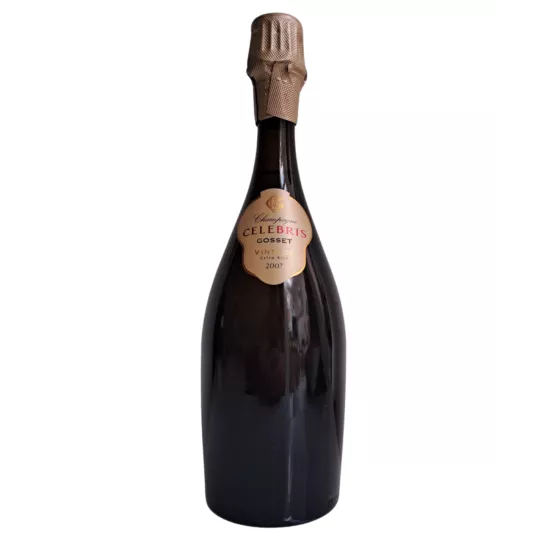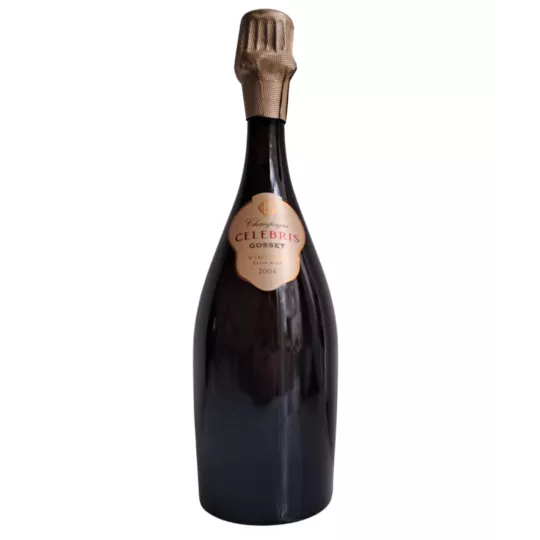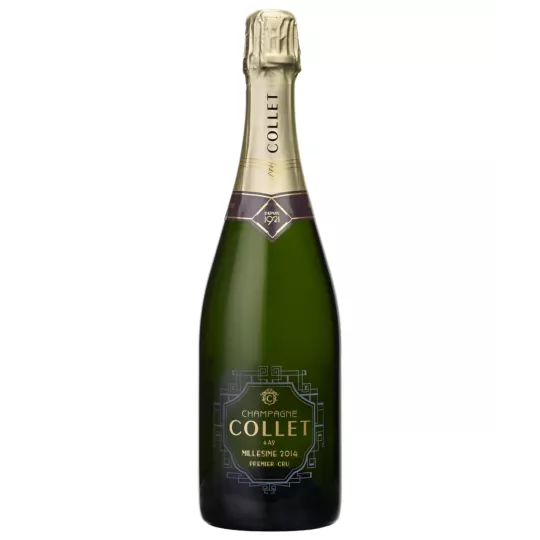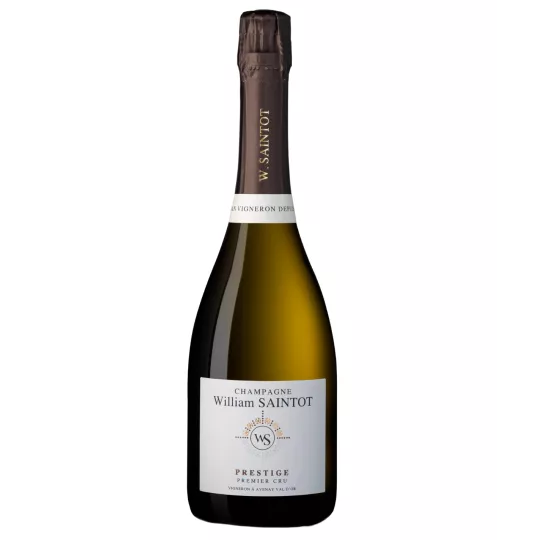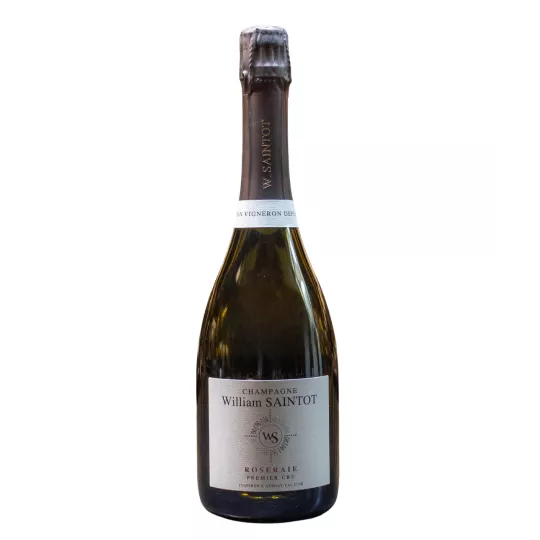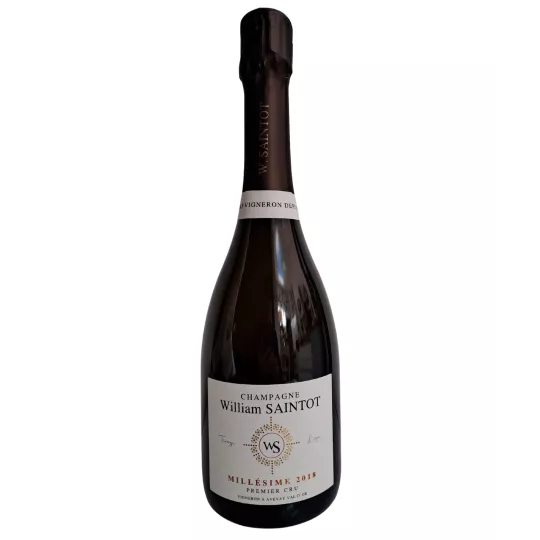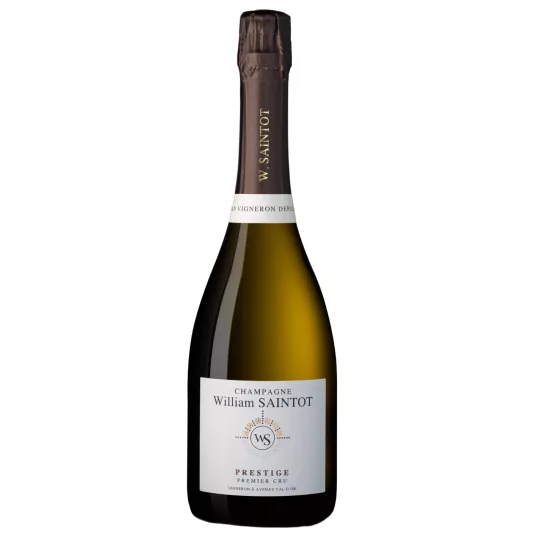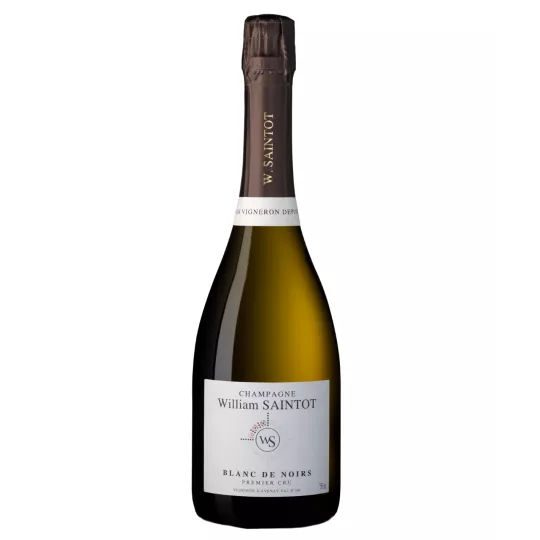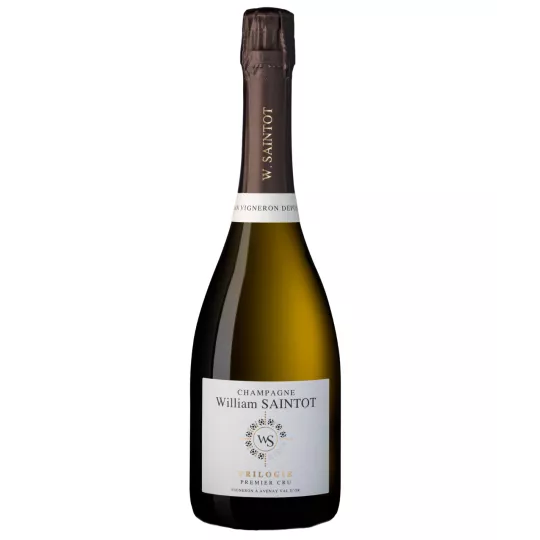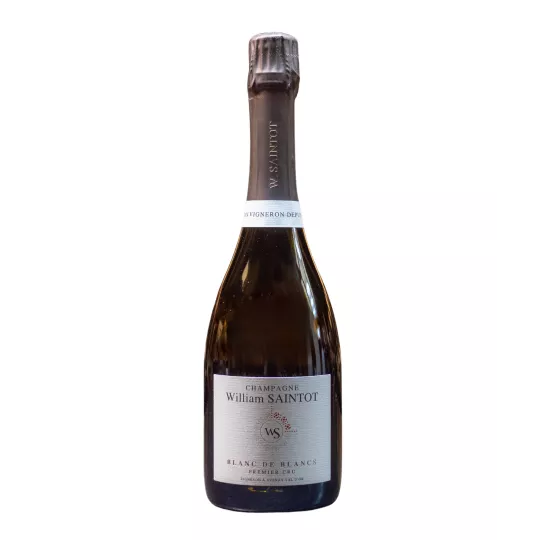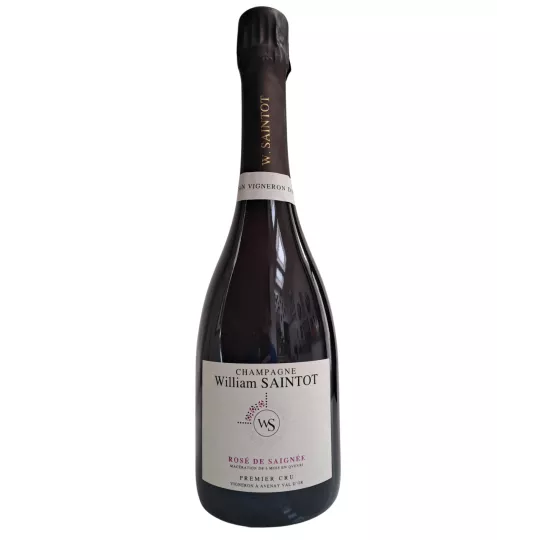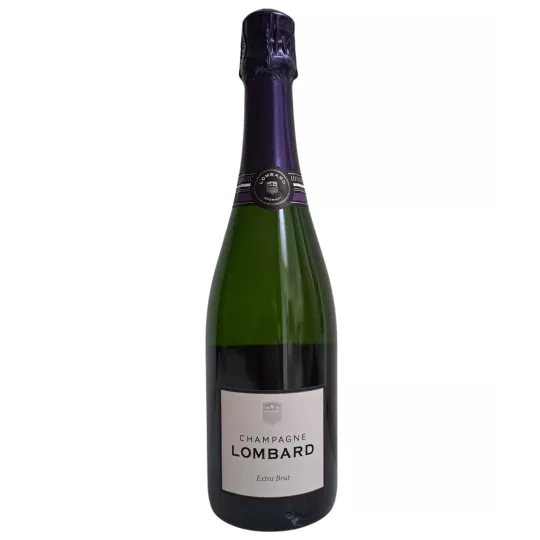
William Saintot Champagne
Exceptional Champagnes by William Saintot
The William Saintot champagne brand has been shaped by a rich history and an unwavering attachment to the land of Champagne since 1918. The rise of this brand is closely linked to the passion, dedication and unwavering commitment of several generations of the Saintot family in the art of viticulture.
Champagne William Saintot Heritage and Passion Passed from Generation to Generation
The Saintot family's epic journey in the world of champagne began with Firmin Saintot in 1918. After being injured during the war, he settled at the request of Champagne Leclerc Brillant in the village of Avenay Val d'Or to practice the demanding profession of carter. This is where the family’s wine history takes root. His son Clément, inspired by his father's passion, became a winemaker and founded his own brand. This passion for the land and the profession was passed on to the eldest of his children, William, who, at only 22 years old, decided to acquire his first plot, "Les Noues", with his wife Paule. This acquisition marks the beginning of a wine adventure mixed with independence and determination.
Over the decades, the Saintot family has evolved and adapted to the challenges of time. In 1995, William started the nursery business, selling grafted plants to help replenish the European vineyard, attacked by a parasite from America. Then, in 2008, Gwenn and Morgann, Nathalie's children, joined the company. Morgann dedicates herself to the environmental aspect by obtaining HVE certification for the vineyard, while Gwenn develops commercial activity in France and internationally.
Love for the land and viticulture remains at the heart of this family business, embodied today by mother and son under the status of Independent Winegrowers. Their energy, their philosophy and their respect for the values transmitted by William Saintot himself make the heart of this house beat.
An Exceptional Champagne Vineyard in the Marne Valley
William Saintot's vineyard, extending over 10 hectares, is nestled in the heart of the prestigious Grande Vallée de la Marne, mainly spread over three villages classified as Premier Cru: Avenay Val d'Or, Mutigny and Bisseuil.
The particularity of this vineyard lies in its diversity of grape varieties. Mainly planted with Pinot Noir (85%) and Chardonnay (12%), it also contains plots of Pinot Meunier (2%) and even a tiny part of Petit Meslier (1%), one of the "forgotten" grape varieties. . The latter, previously poorly adapted to the local climate, today brings liveliness and freshness to the wines, highlighting William Saintot's ability to adapt to viticultural developments.
Each village has a distinct terroir, offering unique characteristics to their respective wines. Avenay Val d'Or, with its ideal exposure and its loamy, clayey and chalky soils, produces fleshy Pinots. The Bisseuil vines produce fresh wines, with minerality from the clay and limestone soils, while the Mutigny terroir gives a certain lightness thanks to its loamy soils.
For William Saintot, the balance between the vines and the environment is essential. The soils are plowed regularly, promoting flourishing biodiversity. The vines are grassed and trees, as well as hedges, have been replanted to preserve the ecosystem. Part of the vineyard has been under Organic Cultivation since 2022, and although the entire estate respects organic farming standards, some remote plots require conventional treatment by external providers.
Recently, William Saintot explored biological treatments by drone on one of his plots in Avenay Val d'Or, demonstrating his constant commitment to environmentally friendly practices.
FAQ about William Saintot Champagne
What is the family heritage behind the William Saintot brand?
The William Saintot champagne brand finds its roots in the passion for wine passed down from generation to generation, from Firmin Saintot in 1918 to the mother and son who today embody the values and philosophy of the company as Independent Winegrowers.
What are William Saintot's environmental commitments?
William Saintot is committed to preserving the ecosystem by practicing environmentally friendly viticultural methods, including regularly plowing the soil, promoting biodiversity and exploring innovative biological treatments.
Is the William Saintot vineyard certified organic?
Part of the vineyard has been in Organic Farming since the 2022 harvest. However, although the entire estate complies with organic farming standards, some remote plots require conventional treatment by external service providers.
What are the particularities of the terroirs of the different villages of William Saintot?
Each village has a distinct terroir: Avenay Val d'Or with its silty, clayey and chalky soils produces fleshy wines, Bisseuil offers fresh and mineral wines with clayey and chalky soils, while Mutigny brings a lightness thanks to its silty soils.
Which villages are William Saintot's vineyards located?
The main villages where William Saintot's vineyards are located are Avenay Val d'Or, Mutigny and Bisseuil, all classified as Premier Cru.
What grape varieties are used in William Saintot champagnes?
William Saintot champagnes are mainly made from Pinot Noir (85%) and Chardonnay (12%), with a small proportion of Pinot Meunier (2%) and Petit Meslier (1%).
